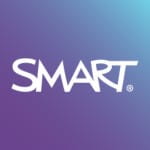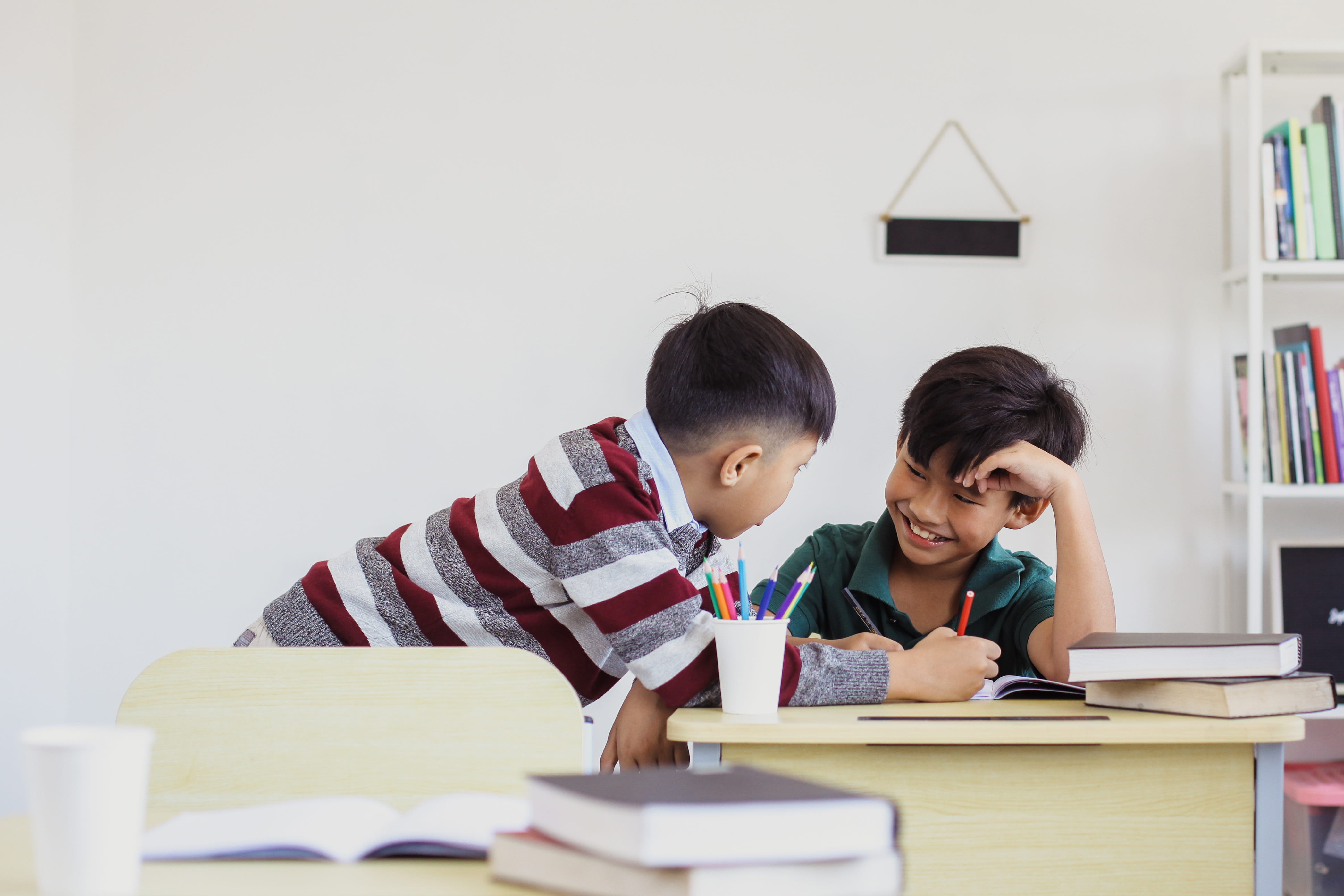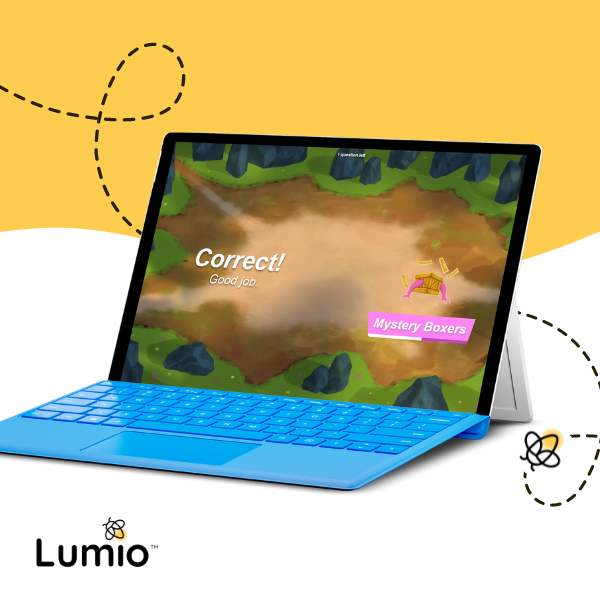Schools and districts are increasingly adopting the tenets of social-emotional learning (SEL) to help students thrive by becoming more adaptable to challenges and change. In this eight-part series, we examine how SEL can be incorporated in the classroom and how EdTech can help.
First, in this article, we take a holistic look at SEL. Then we dive into five SEL competencies: self-efficacy and self-awareness; social-emotional awareness; identity and emotional awareness; social awareness and collaboration; and critical thinking. We finish by exploring the importance of student mental health and how to create a culturally responsive classroom.
Read on as we dig into the SEL competency of self-efficacy and self-awareness.
What is self-efficacy and self-awareness?
Self-efficacy is the belief in one’s ability to reach a goal or achieve an outcome through improvements in skill. Developing self-efficacy in students involves helping them build confidence, creating environments where it's acceptable to fail, learn, and try again, and celebrating both big and small successes. After all, what may look like a small success from the outside could be the biggest step a student has even taken to overcoming a given challenge. Students flourish when they believe they can master a task that is initially hard to do.
To achieve self-efficacy, students must apply persistence to work through obstacles, especially when they’re trying something new. Self-efficacy underscores the importance of practice as a way to grow understanding, and it celebrates the role of resilience in working to achieve a goal.
Related to self-efficacy is the idea of self-awareness. Self-awareness is the process of identifying one’s own values, emotions, and thoughts, understanding how they affect one’s behavior, and examining the effect of that behavior on the community. Self-awareness enables higher levels of self-efficacy, as the former can help individuals better understand their ability to complete a task or learn information.
Self-efficacy in the classroom
The classroom is an ideal setting in which to reinforce self-efficacy. That’s because these traits are heavily influenced by feedback from other students and teachers as students work to develop understanding and fluency across subjects. Educators should offer ample opportunity for students to work together so they can observe one another as they practice a new skill or proficiency. Not only will students benefit from seeing how others work through a problem, but the positive reinforcement they receive from their peers as they do the same will help them persevere if they find the material challenging.
This type of collaborative environment also supports relationship-building among students, which in turn helps to bolster their self-confidence and gives them opportunities to see how their actions affect others. Ideally, this collaboration involves focusing students’ attention on how they can better interact with their peers in order to nurture positive exchanges.
How technology can improve self-efficacy
Self-efficacy can be readily embedded into academic pursuits. EdTech can play a key role in creating opportunities to practice skills that support self-efficacy in the classroom.
One way is through game-based activities that let students practice various skills on their own and with peers. A gamified approach can give students instantaneous feedback that allows them to self-assess and course-correct in real-time. When students successfully complete an activity, even after multiple attempts, they experience the feeling of positive reinforcement that comes from persevering, which reinforces that behavior.
Digital collaborative spaces can help facilitate valuable exchanges and showcase learning, particularly as schools and districts continue to support and provide hybrid learning. These platforms let students complete tasks together or observe their teachers and peers work through a problem. Digital whiteboards allow those thought processes to be easily visible to students no matter where they are in the classroom, and they can connect with students’ individual devices. This type of transparency allows educators to walk through multiple approaches to problem-solving, highlighting the value of different perspectives and reinforcing that there may be several ways to arrive at a solution.
These types of spaces can also be valuable for giving students opportunities for self-reflection. Reflecting on themselves and their learning helps students to understand themselves better — this could include activities like journaling, drawing, or recording themselves speaking about their experiences. All of these ways of reflecting can be recorded and stored in digital workspaces or portfolios and be used to show growth and change in students’ self-perception over time.
EdTech tools also help to promote student agency. With a library of materials and exercises at their fingertips on a digital learning platform, students can use their voice and choice to decide how they will pursue a lesson. In some cases, learners may be empowered to revisit previous lessons to seek more practice as they move sequentially through a set of assignments designed to help them master a skill or gain deeper understanding of information. Giving students a measure of control over how they complete a lesson, and equipping them with the resources needed to do so successfully, plays an important role in their ability to develop self-efficacy.
Want to learn more about how EdTech can help educators embed self-efficacy and other social-emotional learning competencies in the classroom? Explore Lumio’s library of activities and resources focused on emotional literacy, which includes tools such as SEL Check-ins and lessons on Growth Mindset.



